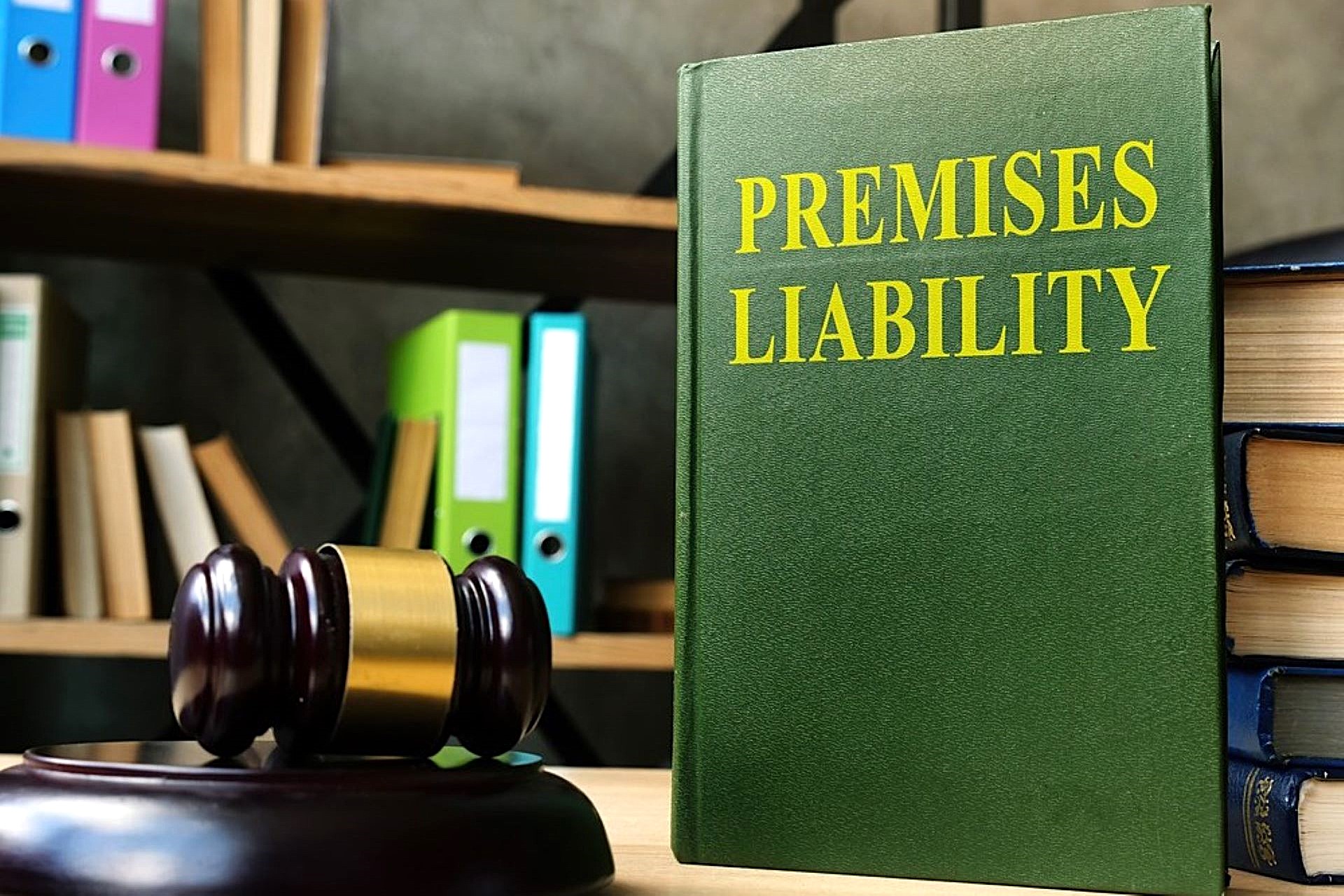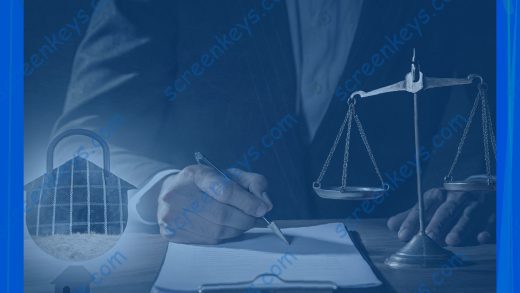Premises liability refers to the legal responsibility a property owner or occupier has for accidents and injuries that occur on their property. This area of law is crucial as it establishes the duty of care that property owners owe to individuals who enter their premises, whether they are invited guests, licensees, or even trespassers. Understanding the nuances of premises liability is essential for effectively defending against such claims.
Understanding Duty of Care
At the heart of any premises liability case lies the concept of “duty of care.” This duty refers to the obligation property owners have to ensure their premises are safe for visitors. The extent of this duty can vary depending on the status of the visitor—whether they are an invitee, licensee, or trespasser.
For invitees, property owners are generally required to maintain a high standard of care, as these individuals are often on the property for business purposes. Licensees, who enter the property for non-business reasons, are owed a slightly lower standard of care, though property owners must still address known hazards. Trespassers, however, are typically owed the least amount of care, though there are exceptions, particularly when children are involved.
Establishing whether the property owner met their duty of care is central to defending against a premises liability claim. Defense strategies often involve demonstrating that the injured party’s status did not warrant the level of care expected or that the property owner took reasonable steps to ensure safety.
Challenging the Causation Link
A critical aspect of defending against premises liability claims is challenging the causation link between the alleged negligence and the plaintiff’s injury. Simply put, even if a hazard existed, the defense must argue that this hazard was not the direct cause of the injury.
To successfully challenge causation, the defense might gather evidence showing that the injury could have been caused by factors unrelated to the premises’ condition. For instance, if the plaintiff was not paying attention or was intoxicated at the time of the accident, these factors could be argued as the true cause of the injury.
Additionally, expert testimony can be invaluable in breaking the causation link. For example, a safety expert might testify that the hazard in question would not have caused the type of injury sustained by the plaintiff, thereby weakening the claim.
The Role of Comparative Negligence
Comparative negligence is a critical concept in premises liability cases that can greatly influence the outcome of a claim. It allows the court to allocate fault between the plaintiff and the defendant, potentially reducing the defendant’s liability if the plaintiff is found partially responsible for their own injuries. This approach ensures that liability is distributed fairly based on the circumstances of each case.
To effectively use comparative negligence in defending against premises liability claims, consider the following steps:
- Gather Evidence of Plaintiff’s Negligence: Obtain surveillance footage that may show the plaintiff’s reckless behavior, such as ignoring warning signs or engaging in unsafe activities. Collect eyewitness testimony that supports the claim that the plaintiff was not exercising reasonable care at the time of the incident. Present expert analysis that highlights the ways in which the plaintiff’s actions contributed to their own injury, weakening the causation link between the defendant’s actions and the injury.
- Demonstrate Shared Responsibility: Argue that the plaintiff had a duty to avoid obvious hazards and that their failure to do so makes them partially liable. Use evidence to show that the conditions of the premises were not inherently dangerous, and any hazard was either obvious or avoidable through reasonable caution. Highlight any instances where the plaintiff may have ignored clear safety instructions or warnings that were provided by the property owner.
- Quantify the Plaintiff’s Contribution to the Incident: Use comparative negligence to reduce the defendant’s liability proportionally to the plaintiff’s fault. For example, if it can be demonstrated that the plaintiff was 40% at fault, then the damages the defendant is required to pay could be reduced by 40%. Provide clear calculations and arguments for the court to understand the degree of the plaintiff’s fault and how it impacts the overall liability.
In summary, comparative negligence is a powerful defense tool in premises liability cases that can significantly reduce a property owner’s liability. By effectively gathering evidence, demonstrating shared responsibility, and quantifying the plaintiff’s contribution to the incident, the defense can achieve a fairer distribution of fault and potentially lower the financial burden on the defendant. This strategic approach ensures that liability is assigned in a manner that reflects the true nature of the incident.
Importance of Documentation and Evidence
Strong documentation and evidence are the foundation of a successful defense in premises liability cases. This includes maintenance records, incident reports, and photographs of the property at the time of the incident.
For example, if a slip and fall claim is being defended, the defense should provide evidence that the property was regularly inspected and that any hazards were promptly addressed. Additionally, witness statements and surveillance footage can help establish that the property owner took reasonable steps to ensure safety.
In cases where evidence is lacking, the defense may face challenges in proving that the property owner was not negligent. Therefore, it is crucial to maintain thorough records and gather evidence as soon as an incident occurs.
Defending Against Inadequate Security Claims
One common type of premises liability claim involves allegations of inadequate security, particularly in areas such as parking lots, apartment complexes, or shopping centers. Plaintiffs may argue that the property owner failed to provide adequate security measures, leading to an assault or robbery.
To defend against such claims, the property owner must demonstrate that they took reasonable steps to ensure the safety of visitors. This might include evidence of security patrols, surveillance systems, and lighting. Additionally, the defense could argue that the incident was unforeseeable, thereby negating the property owner’s liability.
Below is a table that outlines common security measures and their effectiveness in defending against inadequate security claims:
| Security Measure | Description | Legal Effectiveness | Common Challenges |
| Surveillance Cameras | Use of cameras to monitor property | High, if footage is clear and accessible | Maintenance and footage retention |
| Security Patrols | Regular patrols by security personnel | Moderate, effectiveness depends on frequency | Inconsistencies in patrol records |
| Adequate Lighting | Ensuring all areas are well-lit | High, especially in deterring crime | Burned-out bulbs, coverage gaps |
| Access Control Systems | Use of locks, gates, or keycards to limit entry | High, particularly in residential areas | System malfunctions, user error |
This table can be used to assess the adequacy of security measures in a given case and to prepare a defense accordingly.
Addressing Slip and Fall Accidents
Slip and fall accidents are among the most common premises liability claims. To defend against these claims, the property owner must show that they took reasonable precautions to prevent such accidents or that the hazard was not foreseeable.
For instance, the defense might argue that a wet floor sign was appropriately placed and that the plaintiff ignored it, or that the spill occurred moments before the accident, giving the property owner insufficient time to respond. Documentation of regular cleaning schedules and maintenance can also bolster this defense.
Moreover, the defense might challenge the severity of the plaintiff’s injuries, arguing that the injuries were pre-existing or that the plaintiff’s account of the fall is inconsistent with medical evidence.
Utilizing Expert Testimony
Expert testimony can be a powerful tool in defending against premises liability claims. Experts in fields such as safety, security, or medicine can provide testimony that challenges the plaintiff’s claims and supports the defense’s narrative.
For example, a safety expert might testify that the property was in compliance with all relevant safety codes at the time of the incident, or a medical expert might argue that the plaintiff’s injuries are inconsistent with the type of fall described. Such testimony can significantly weaken the plaintiff’s case and lead to a favorable outcome for the defense.
When selecting experts, it is crucial to choose individuals with strong credentials and relevant experience. Their testimony must be clear, concise, and based on sound scientific or technical principles to be persuasive in court.
Settlement Considerations and Negotiation Strategies
Settling a premises liability case can often be a more efficient and cost-effective solution than proceeding to trial. Settlements allow both parties to avoid the uncertainties and expenses associated with a courtroom battle. However, the decision to settle should be made with careful consideration of the case’s strengths and weaknesses.
To effectively approach settlement negotiations in a premises liability case, the following strategies should be considered:
- Evaluate the Strength of the Case: Assess the evidence supporting the defense, including documentation, witness statements, and expert testimony that demonstrate the property owner met their legal obligations. Consider the credibility of the plaintiff’s claims, questioning the validity of their injuries and the circumstances surrounding the incident. Weigh the likelihood of success at trial versus the potential benefits of a guaranteed settlement.
- Highlight Plaintiff’s Contributory Negligence: Present evidence that the plaintiff’s own negligence contributed to their injuries, which can be used to argue for a reduction in the settlement amount. Emphasize any behaviors or actions by the plaintiff that indicate a failure to exercise reasonable care, such as ignoring warning signs or engaging in risky activities. Utilize comparative negligence laws to argue that the plaintiff’s fault should proportionally reduce the damages the defendant is required to pay.
- Leverage the Costs of Going to Trial: Discuss the financial and emotional costs of a trial, including the potential for a lengthy and public legal battle. Highlight the risks of an unfavorable verdict, which could result in higher damages or legal fees than a negotiated settlement. Consider the benefits of a quicker resolution through settlement, which can provide closure and certainty for both parties.
In conclusion, settlement negotiations in premises liability cases require a strategic approach that carefully balances the strengths and weaknesses of the case. By evaluating the evidence, emphasizing the plaintiff’s contributory negligence, and leveraging the costs of going to trial, defense attorneys can often secure a favorable settlement that protects their client’s interests while avoiding the risks and expenses of litigation. This approach not only streamlines the legal process but also provides a practical resolution to complex liability disputes.




